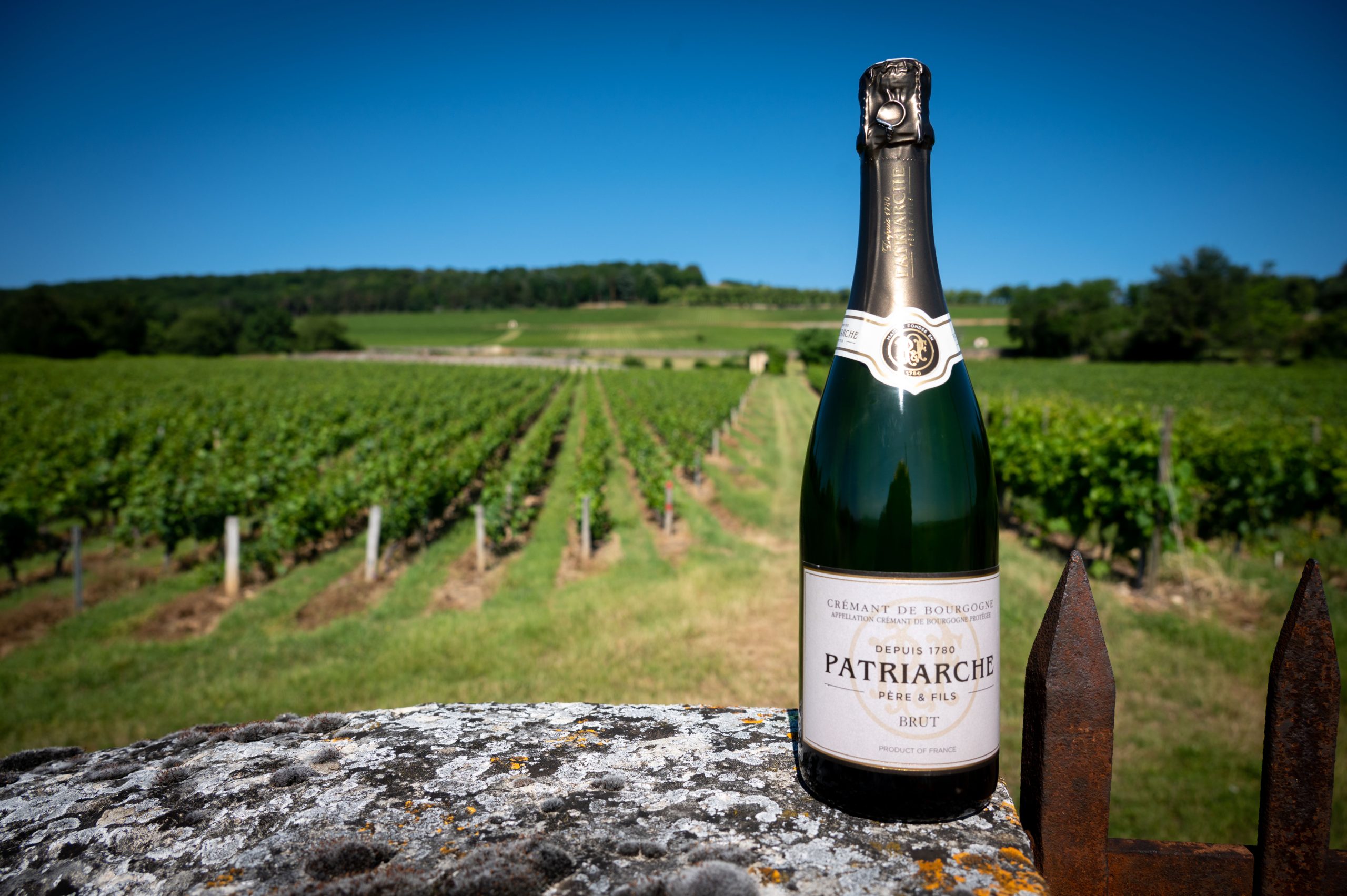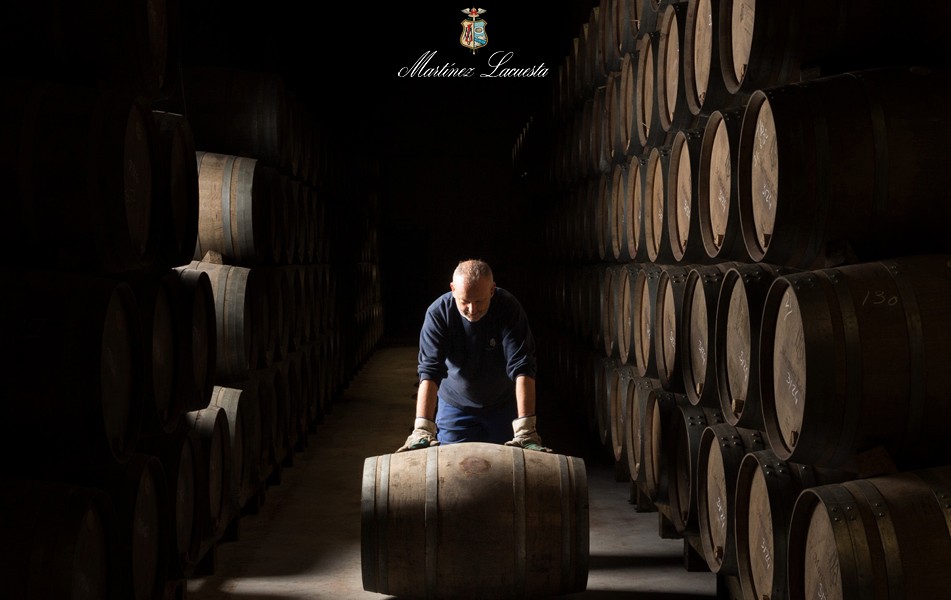How climate change is transforming the global wine industry
A year of fire and ice has set the stage for sweeping changes across the wine industry, Kathleen Willcox reports on how producers are adjusting.

Talk to 100 different wine growers, and you’ll find 100 different approaches to combating climate change. Many in the wine industry are concerned about which grapes they should grow—and where.
Consistently higher temperatures threaten up to 85% of the world’s current winegrowing areas, scientists warn in the peer-reviewed Proceedings of the National Academy of Sciences, unless growers diversify and expand what and where they grow.
Others focus on the not-insubstantial carbon output the growing and production of wine requires. Between electric tractors, ever-lighter glass bottles, renewable energy and fewer chemical inputs, the focus is on reducing current and future harm.
But as 2023 has shown us again and again—Canadian wildfires that engulfed 35 million acres by late August, the most deadly wildfires in more than a century in the U.S. forcing residents of Hawaii to jump from cliffs into the sea, an ice storm in Texas that paralyzed the state for more than three days, the highest global temperatures ever on record in July—climate change is threatening and transforming almost every element of life and business as we know it.
Forecasters at the National Oceanic Atmospheric Administration (NOAA) warn that the economic impact of the extreme weather this year could cost the global economy $3 trillion over the next five years—by the end of the century, the costs could amount to $84 trillion. That’s just a forecast, of course, and it could go up or down.
But looking back on 2022, a milder year than the one we’re currently living through, the cost of climate and weather disasters in the U.S. alone totaled $165 billion and resulted in at least 474 deaths, according to the NOAA.
Climate change, it is becoming increasingly clear, affects fiscal, physical and mental health of individuals, businesses and communities. The Band-Aid approach to grappling with the issue won’t cut it. As governments focus on ameliorating current and future damages and establish rules on workers rights in extreme weather—especially for agricultural workers—industries are also addressing current and future challenges.
For winemakers, that means examining their operations from top to bottom, and making changes where they see chinks in their armor. Read on for insight into what they looks like.
Changes to grapes and soil to strengthen resilience
Part of the challenge of extreme weather is that one year, conditions may be unusually hot and dry, while the next they may be cold, hail-and frost-plagued, sopping wet. Planting for the future can feel like a gamble, and vintners are rolling the dice in a number of different ways.
At Oakville’s Far Niente, vice president of winemaking Andrew Delos explains that they are replanting the estate vineyard, with an eye to the future. They are replanting 30 acres across six years, or 10 acres every two years.
“We are using new rootstocks that are more drought-resistant and have a higher frost tolerance, with low to moderate vigor,” Delos says. “We are also working with new Cabernet clones for us, including Gil Nickel’s heritage clone, plus FPS and ENTAV selections.”
The vineyard team is also reorienting rows so the grapes ripen more efficiently.
Even in the most challenging conditions, wholesale farming changes can have an outsize impact on harvest levels and quality, adherents insist.
“Last year across the Valley, we had more than 40 days above 105 degrees,” says Greg Pennyroyal, the vineyard manager at Wilson Creek Winery and Vineyards, with 286 acres under vine in Temecula. “On average, growers lost 25%-30% of their crop. But we had no crop loss.”
Pennyroyal attributes that do the regenerative, organic farming practices he began instituting 11 years ago.
“Regenerative farming, eliminating sprays and increasing biodiversity in and around the vineyard builds up resilience,” he says. “It’s the best way to build in insurance against all climate contingencies.”
The Crimson Wine Group, which represents a collection of brands from seven estate-based wineries in California, Oregon and Washington and farms 602 acres, is changing what it’s planting, and where.
“We started planting Cabernet Sauvignon in Carneros even though people thought we were crazy a few years ago, and Zinfandel in cooler areas of the Russian River Valley,” explains Nicolas Quillé, chief winemaking and operations officer for Crimson. “We are also planting other varieties to test them. Bobal and Susumaniello are both very interesting to me in Napa. We are also making huge improvements to our water conservation and preservation, including building a reservoir, and while I can’t disclose the impact on our net income, their impact on cash flow is significant since they are large improvements.”
Quillé says that the impact on the bottom line should be “minimal since they get capitalized and amortized over 25 to 30 years, and they will guarantee business continuation.”
Jason Moulton, director of winemaking and viticulture at Whitehall Lane Winery in St. Helena, is changing up grape varieties, and shifting to a no-till regenerative farming model for its 145 acres of estate vineyards.
“We’ve found that converting to farming with long-term cover crops like Oakville bluegrass, we naturally suppress weed growth and capture carbon,” Moulton says. “This allows us to use less labor, and fewer tractor passes, which reduces diesel fuel use too.”
Moulton has also replanted several acres of Sauvignon Blanc that he says were getting “consistently decimated with Pierce’s Disease.” They put in plantings of Camminare Noir and Paseante Noir.
“We’ve only done very small bottling so far, and our first fruit came in 2019,” he says. “But they’re delicious. Grapes like this are the future, especially in regions like Texas and South Caroline where Pierce’s Disease is rampant. Thankfully these grapes are not only disease-resistant which reduces the need for intervention, they make great wine.”
Partner Content
Putting policies in place to keep people safe
Four-hundred-and-thirty-six people have died of heat exposure at work since 2011, according to the Bureau of Labor Statistics. More than 2,700 heat illnesses have led to days lost at work, but there is no federal policy regarding heat standards at work.
That leaves states and businesses to pick up the slack. In California, there are regulations mandating that businesses provide workers with water and shade. Many wineries go even further.
Steve Lohr, president and CEO of the Paso Robles-based J. Lohr Vineyards & Wines, which produced 1.6 million cases of wine annually, says that they “designed some of the earliest shade trailers back in the 1990s, and they are still in use today.”
They also started flipping worker hours in anticipation of heat waves.
“If we know a heat wave is coming, we start much earlier in the day, and send them home once it reaches 95 degrees,” he says, adding that come harvest, this approach boosts wine quality too. “We get grapes delivered to the winery early in the morning to avoid heat. Once temperatures reach 105 degrees harvested grape quality diminishes.”
In Uruguay, the foreign trade manager of INAVI, Uruguay’s national viticulture institute, Martina Litta says that all of the country’s 200+ wineries provide workers with sunscreen, a light summer uniform, a hat with full UV production and new working hours. The day starts at 5 am in the north of the country, and in the south, it happens in two shifts: 6 am-11am and 4 pm-11 pm.
Wineries are also beginning to invest in refrigerated trucks and irrigation equipment, which significantly increases costs (installation can be up to $10,000 per hectare), but also increases productivity and quality. In the end, she says, it’s the cost of doing business.
An increased reliance on technology and mechanisation
Inevitably perhaps, considering the limitations of the human body in extreme heat, and the increasing challenges of finding viable workers, more and more wineries are turning to mechanization in a bid to curb costs amid climate change.
At The Donum Estate, with 129 acres in Carneros, 16 in the Russian River Valley, 20 in Sonoma Coast and 43 in Anderson Valley, vice president of winemaking and vineyards Dan Fishman says that while they will “continue to prune and harvest by hand for the foreseeable future,” they have “acquired two electric tractors with autonomous remote driving capabilities, which in the future may allow us to mow, cultivate, hedge and more
without a human driver.”
An estimated 90%-95% of wine grapes are already mechanically harvest across California and Washington alone, with only the most premium and challenging vineyards sticking to hand-harvesting.
“Mechanisation is the future, from leafing, to suckering to harvesting,” Moulton says.
Far Niente, in addition to replanting vineyards, has invested in smart tech that analyses the health of the fruit, leaves and soil.
“By analysing the hydration and nutrient levels that way, we can target our irrigation much more efficiently,” Delos says. “We are now using about 25% of the water we previously used.”
The team has also invested in electric tractors and deploys a machine harvesting unit for 10% of the vineyard.
“As we replant, we ensure that the rows are spaced to allow for mechanical harvesting,” Delos says. “The labor pool continues to shrink, and mechanical harvesting units have improved.”
Other wineries are also doubling down on investments in green tech.
At Small Vines in Sebastopol, co-owner and winemaker Paul Sloan says they have purchased two new frost-mitigation fans and one new irrigation system this year. Fans typically range in price from $10-$50,000, and the cost of irrigation varies considerably, but generally requires thousands of dollars per acres.
“In the last five to seven years, our vineyards have gotten colder for longer and later into the season,” Sloan notes. “Vineyards we farmed up through 2019 without any need for frost protection now need it on a regular basis. One of our frost alarms went off on July 5th this year, which means it hit below 36 degrees.”
While businesses are loathe to talk numbers on losses from climate-induced grape shrivel, the adjective “significant” was deployed across the board. Add to that the “significant” expenditures on investments in vineyard changes, staffing and infrastructure, previous and future impacts from droughts and wildfire-caused smoke taint and flatlining sales, it is clear that the industry may have some tough years ahead.
But it’s equally clear that while wholesale, broad change will be painful, it will, as Quillé says, ensure a viable future, come what may: fire, hail, floods, frost.
“When I think of the other wineries out there who are over-leveraged financially, I wonder how they are going to be able to make the investment necessary to maintain production,”
Quillé says. “We see our ability to make those investments and protect our assets as a competitive advantage.”
If wineries cannot—or refuse—to make major changes, the increasingly competitive and challenging economic and environmental landscape may simply be unsurvivable.
Related news
When ‘green’ means drinking differently: Laura Catena on Domaine EdeM




